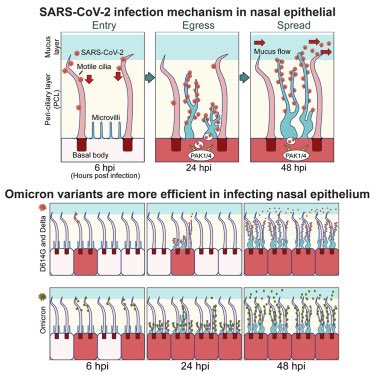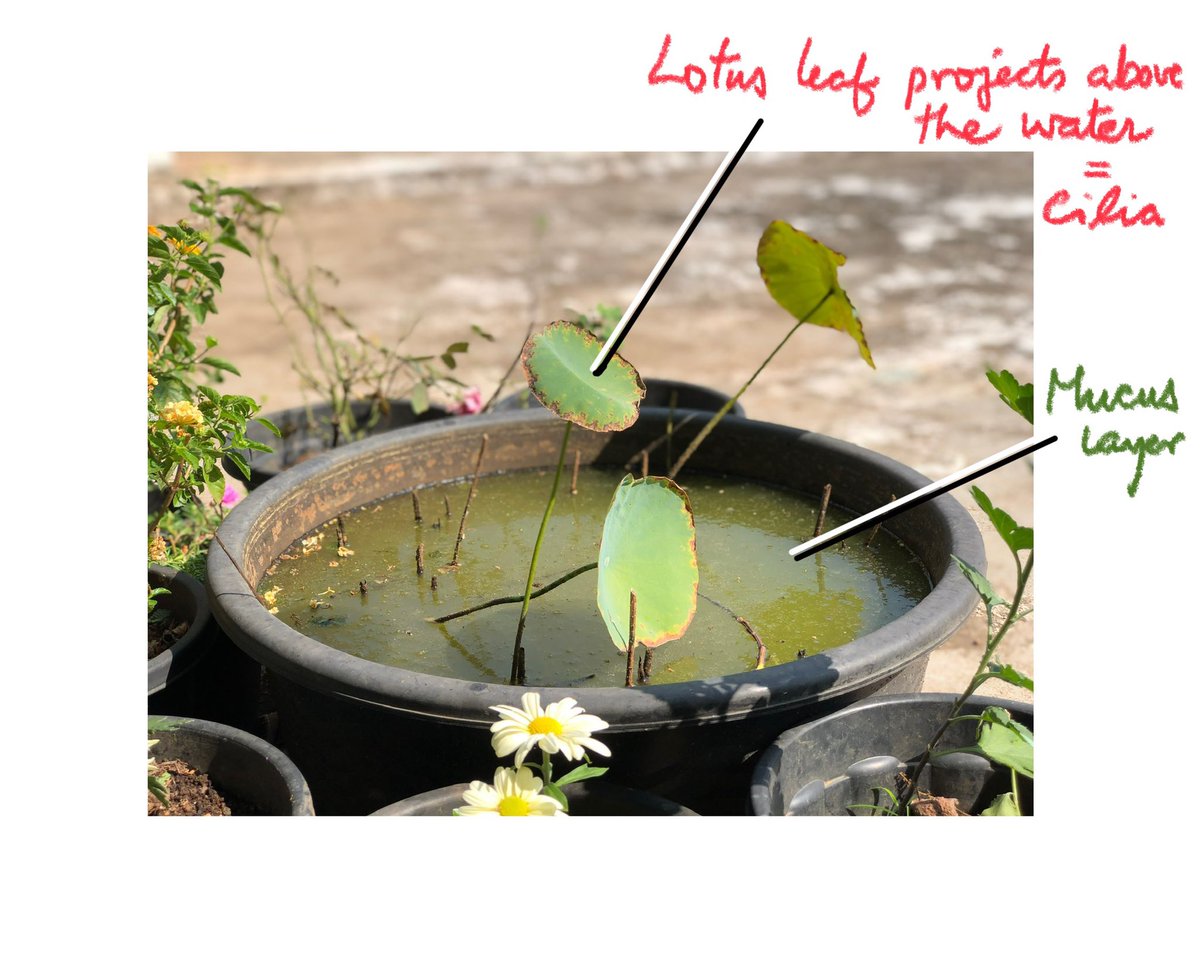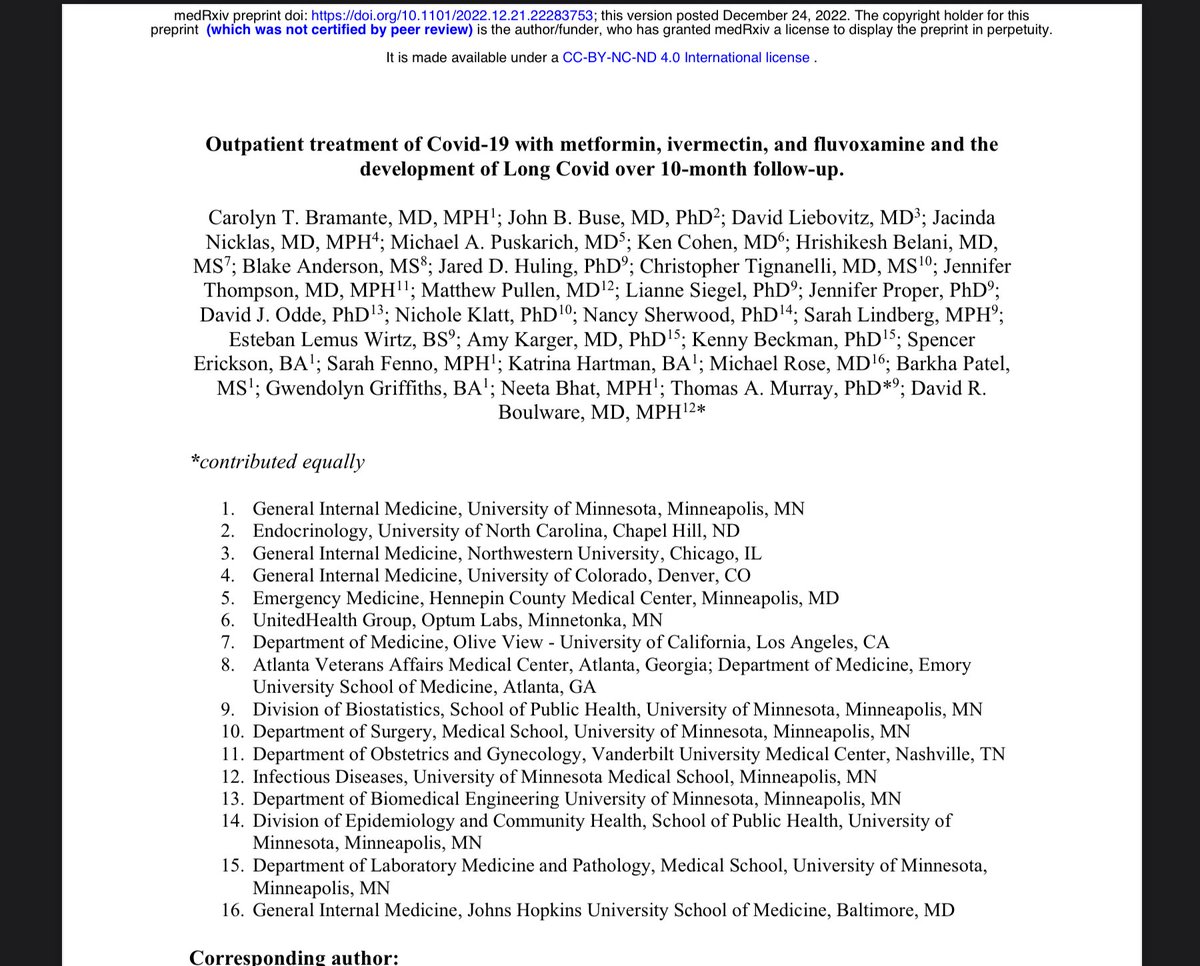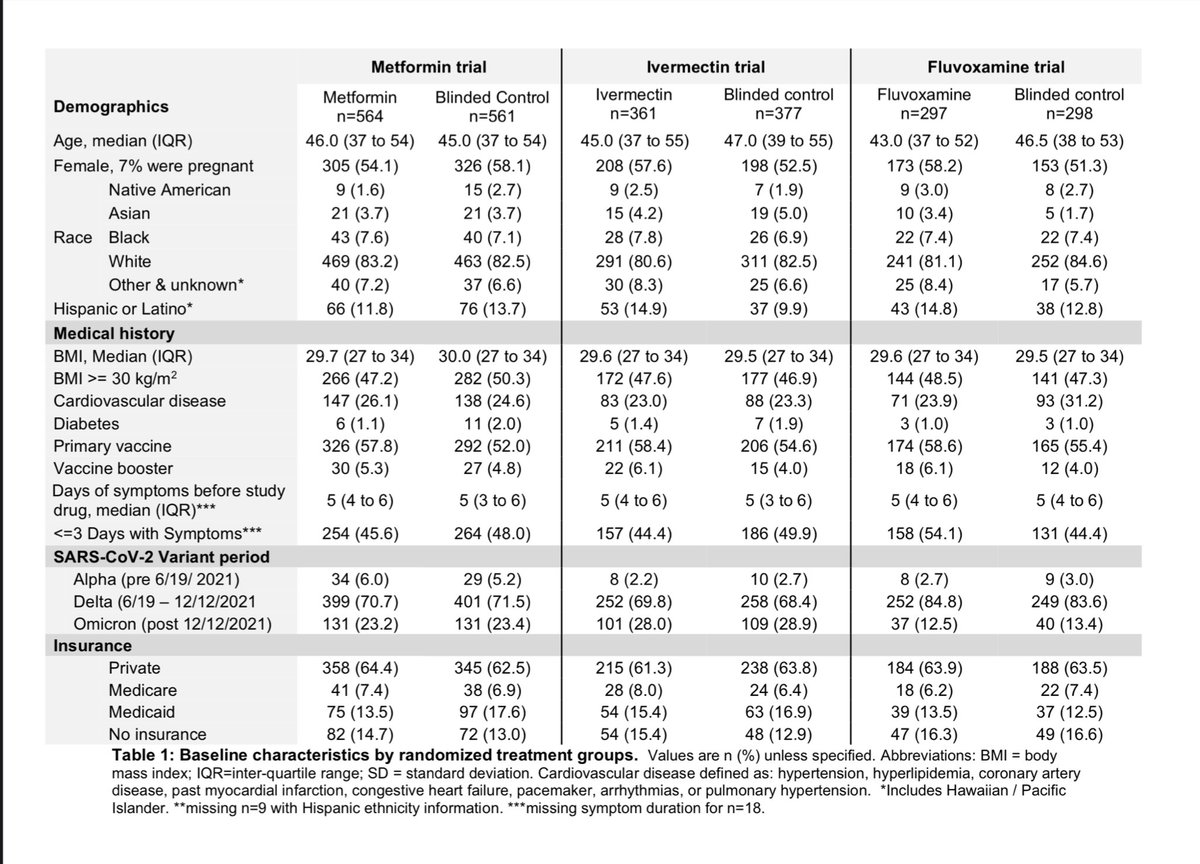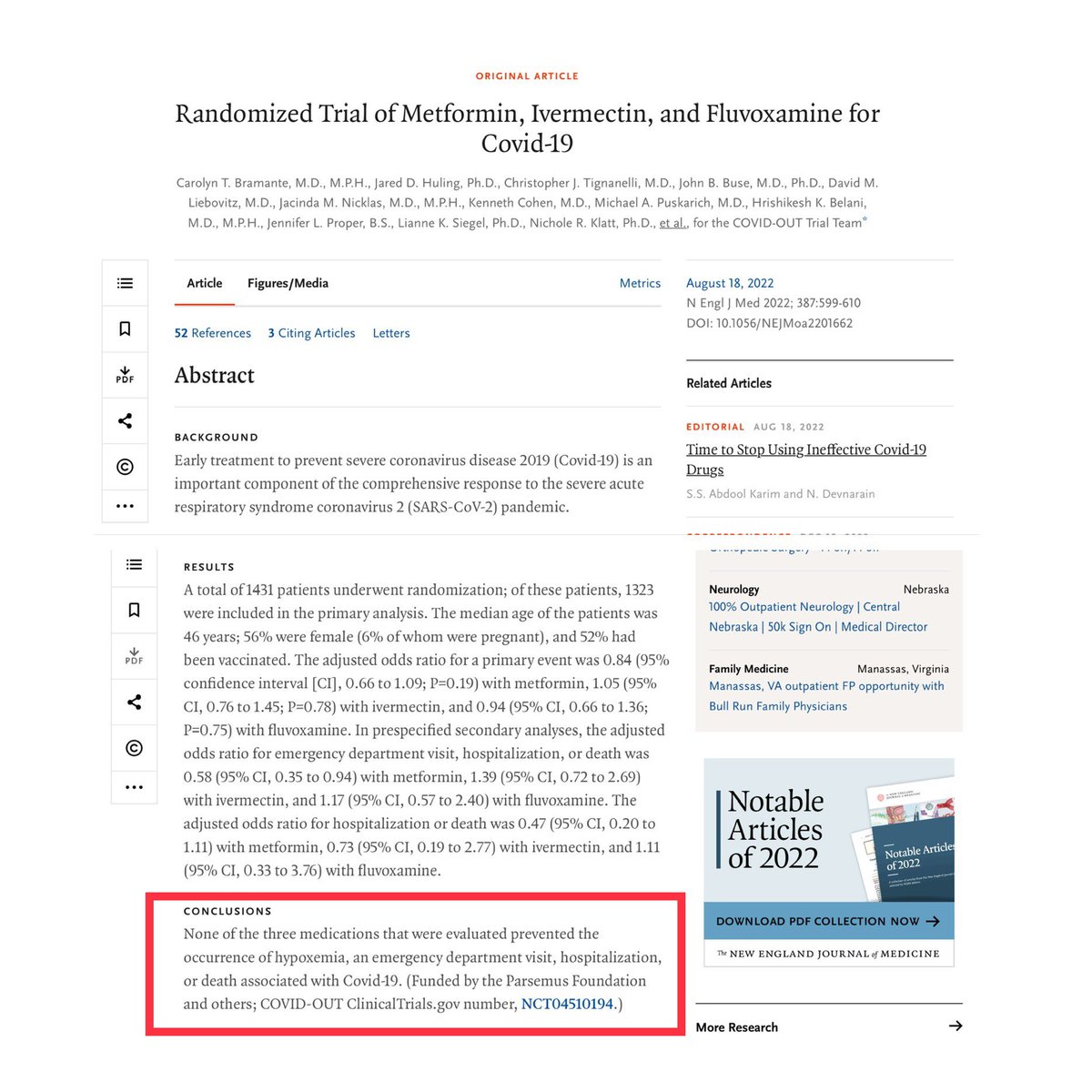
Three young people have died in Kerala in 8 months from food poisoning, linked with consuming “Arabic” style grilled chicken served with baked rice, locally made mayonnaise and salad.
Devananda was only 16. The new year saw the deaths of Reshmi, 33 and Anjusree, 19.
Thread 👇
Devananda was only 16. The new year saw the deaths of Reshmi, 33 and Anjusree, 19.
Thread 👇

Discussed this at @manoramanews Counterpoint, linking my discussion. More in my article below. Will link the news articles too👇
2/
facebook.com/1494996256/pos…

2/
facebook.com/1494996256/pos…


Anjusree was only 19, she consumed food ordered online on December 31, and succumbed yesterday.
In each of these cases, several others got similar symptoms, confirming it was food poisoning. Culture reports awaited in the 2013 deaths.
4/
onmanorama.com/news/kerala/20…
In each of these cases, several others got similar symptoms, confirming it was food poisoning. Culture reports awaited in the 2013 deaths.
4/
onmanorama.com/news/kerala/20…
Attaching my article from yesterday on the topic. It is in Malayalam. Can be read on Chrome with Google ID. Will attach a thread.
6/
manoramaonline.com/health/health-…
6/
manoramaonline.com/health/health-…
Locally made “shawarma” consists of a large conical block of meat (chicken) assembled elsewhere and brought to the site of delivery. It can be 2-3 feet tall, 1 foot wide, slow cooked by a heat source behind it, which means there is partially cooked meat deeper within.
7/
7/
The meat gets shaved off from its outer (hot) surface, and served as a wrap along with salad and mayo made from raw eggs, garlic and oil.
If the meat is already contaminated at assembly, this is an excellent culture medium for bacteria, especially the uncooked part.
8/
If the meat is already contaminated at assembly, this is an excellent culture medium for bacteria, especially the uncooked part.
8/
As the meat is assembled off site, there is no way for the customer to tell if it was done in hygienic conditions, or kept overnight after slow sales the previous day.
For customers who are traveling, it is not easy to check the reputation of the restaurant.
9/
For customers who are traveling, it is not easy to check the reputation of the restaurant.
9/
Although food safety inspections occur periodically, the recent mushrooming of these types of roadside eateries appears to have overwhelmed their supervision capacity.
No deaths have been reported from other cuisines, which makes uncooked meat a prime suspect.
10/
No deaths have been reported from other cuisines, which makes uncooked meat a prime suspect.
10/
There is no other type of food sold in Kerala that involves uncooked meat.
One other problem is the customer places an online order and consumes the product after a delay of several hours, enough for exponential multiplication of any harmful bacteria within.
11/
One other problem is the customer places an online order and consumes the product after a delay of several hours, enough for exponential multiplication of any harmful bacteria within.
11/
I do not believe the type of food is unsafe, as long as it is made and consumed in a safe manner.
But there are so many points where the chain can break.
1. Meat source
2. Delivery of meat to assembly point
3. Hygiene of assembly area
4. Hand-washing of staff
5. Storage
11/
But there are so many points where the chain can break.
1. Meat source
2. Delivery of meat to assembly point
3. Hygiene of assembly area
4. Hand-washing of staff
5. Storage
11/
6. How it is handled at the delivery point
7. How leftovers are treated
8. Whether sufficient time is given to cook before serving (eg. getting a large order could mean shaving deeper into the meat block, exposing uncooked meat)
9. Salads could be cut using the same knife
12/
7. How leftovers are treated
8. Whether sufficient time is given to cook before serving (eg. getting a large order could mean shaving deeper into the meat block, exposing uncooked meat)
9. Salads could be cut using the same knife
12/
10. Salads could be kept open and contaminated by visiting flies
11. Water may be contaminated
12. Mayonnaise made from raw eggs prone to contamination from dirt on egg shells (eggs seldom washed before cracking)
13. Delivery could be delayed, which gives time for bacteria
13/
11. Water may be contaminated
12. Mayonnaise made from raw eggs prone to contamination from dirt on egg shells (eggs seldom washed before cracking)
13. Delivery could be delayed, which gives time for bacteria
13/
14. Customer might not eat immediately, which means further multiplication of bacteria is already contaminated.
15. Customer might not keep in refrigerator, note 4-60 degrees centigrade is “danger zone”, allowing bacteria to grow rapidly.
14/
15. Customer might not keep in refrigerator, note 4-60 degrees centigrade is “danger zone”, allowing bacteria to grow rapidly.
14/
Supervision, training and quality control could be inadequate at multiple levels, a situation made worse by attrition of staff (restaurant workers are known to move frequently, hence training needs to be continuous process)
15/
15/
From a consumer’s standpoint, the following would be some of my custom advice.
1. Stick to places that are known for safety and hygiene
2. Look beyond the dining area, especially at the surroundings - for clues to what’s cooking inside.
3. Open kitchens are cleaner
16/
1. Stick to places that are known for safety and hygiene
2. Look beyond the dining area, especially at the surroundings - for clues to what’s cooking inside.
3. Open kitchens are cleaner
16/
4. Are the staff washing hands?
5. Trust our instinct or sixth sense, acquired by years of experience in such regions
6. Carry own water or at least buy bottled (not foolproof)
7. Avoid salads unless at a place of high standard
8. Do not delay consumption
17/
5. Trust our instinct or sixth sense, acquired by years of experience in such regions
6. Carry own water or at least buy bottled (not foolproof)
7. Avoid salads unless at a place of high standard
8. Do not delay consumption
17/
9. Check for valid FSSAI license on display. If they give you grief, give the place a miss - and report them.
10. Do not delay medical treatment if you fall sick after a meal. Early treatment can be lifesaving - even for young and robust people.
18/
10. Do not delay medical treatment if you fall sick after a meal. Early treatment can be lifesaving - even for young and robust people.
18/
*if already contaminated
*2023 deaths, culture reports awaited
Update on Anjusree’s case. Additional factors could be involved, say police. DMO had earlier said she died of multi-organ failure from septicaemia or bacterial infection entering bloodstream. Several family members who ate the same food had fallen sick.
onmanorama.com/news/kerala/20…
onmanorama.com/news/kerala/20…
More episodes of food poisoning are being reported now, as public interest in the topic has increased.
onmanorama.com/news/kerala/20…
onmanorama.com/news/kerala/20…
• • •
Missing some Tweet in this thread? You can try to
force a refresh


